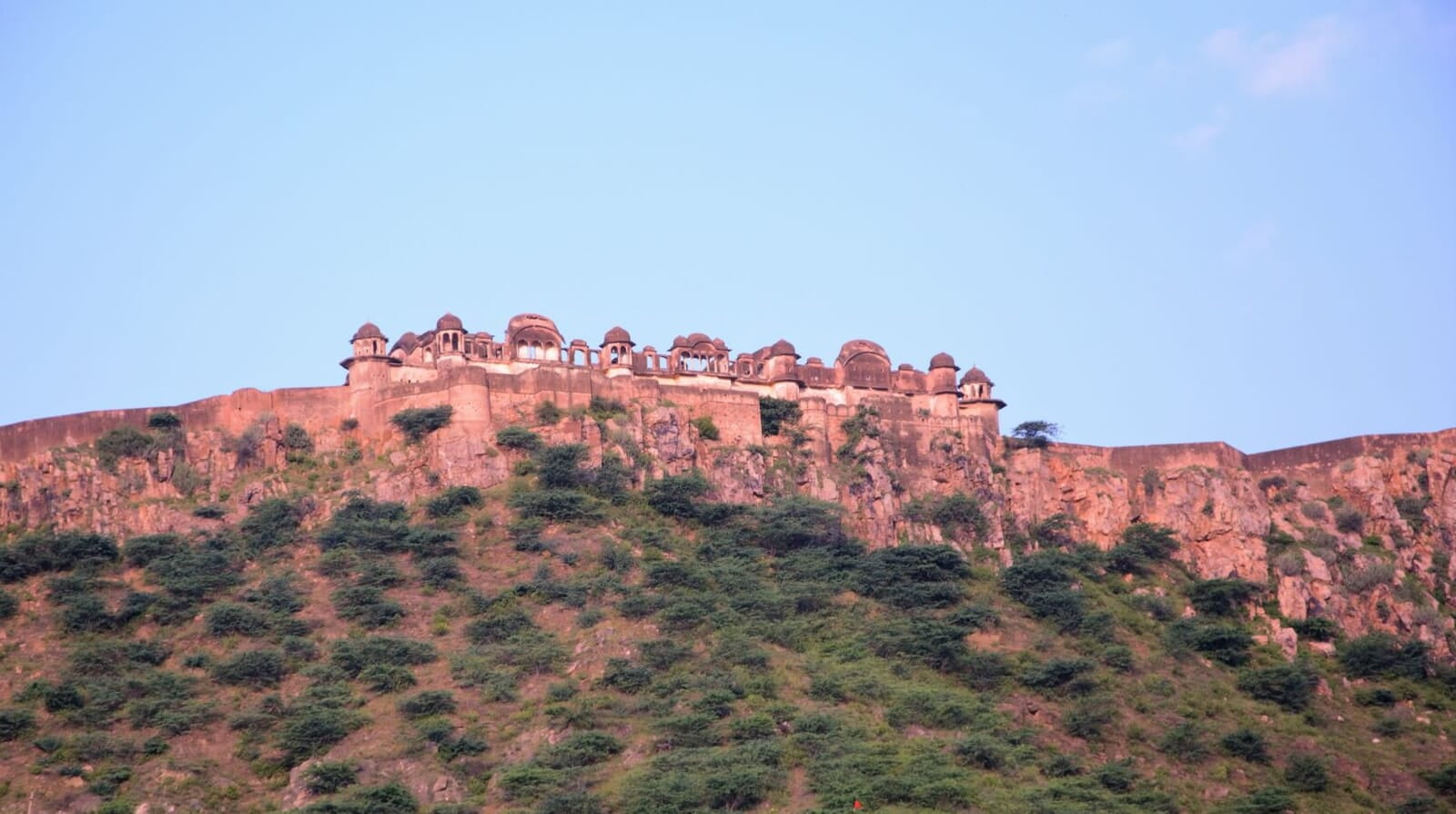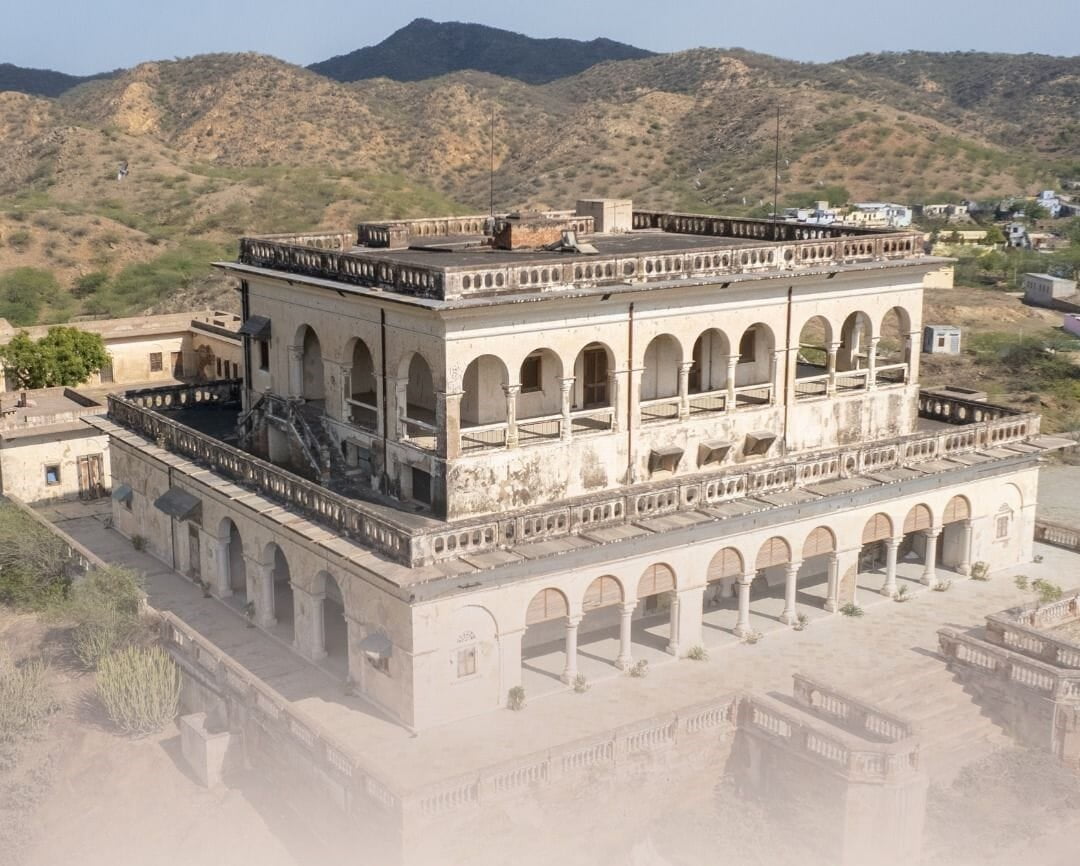The history of Khetri is closely intertwined with the Shekhawat Rajputs and the Kuchwaha Rajputs of Jaipur. Jaipur, the most significant principality in Rajputana, was founded in the 18th century, with its north-western part known as Shekhawati. The Shekhawat Rajputs, a branch of the Amber dynasty, ruled over this region for over 500 years. Notably, kings like Shardul Singh of Jhujhunu and Shiv Singh of Sikar recognized the supremacy of King Jai Singh of the Jaipur kingdom in the 18th century.
The story of Khetri begins when Bhopal Singh, the grandson of Shardul Singh, noticed a beautiful patch of land near Jasrapur and envisioned it as an ideal place to graze horses. He obtained the land, then known as "Khet Singh's hamlet," and in 1755, he laid the foundations of the present-day Khetri town. The Khetri State, under the jurisdiction of Jaipur, consisted of Shekhawati and Torawati. The Shekhawati part was acquired through bravery by the Kings of Khetri. The other part, Torawati, now the town of Kotputli, was a gift from the English.
Khetri, embraced by majestic hills and lush greenery, is situated approximately 100 miles northwest of Jaipur and nearly 120 miles southwest of Delhi. It is well-known for its copper mines, and nearby lies the modern township of Khetri Nagar.
The historical significance and rich legacy of Khetri and its rulers have left an indelible mark on the region, highlighting its importance in the annals of Rajputana history.
Who would have thought that the once obscure princely state of Khetri would later become a significant part of Indian history? This transformation took place due to the three visits of Swami Vivekananda, the remarkable events of his life that unfolded there, and the deep friendship he formed with Raja Ajit Singh, rooted in love, compassion, and unwavering support amidst the people of this state.




